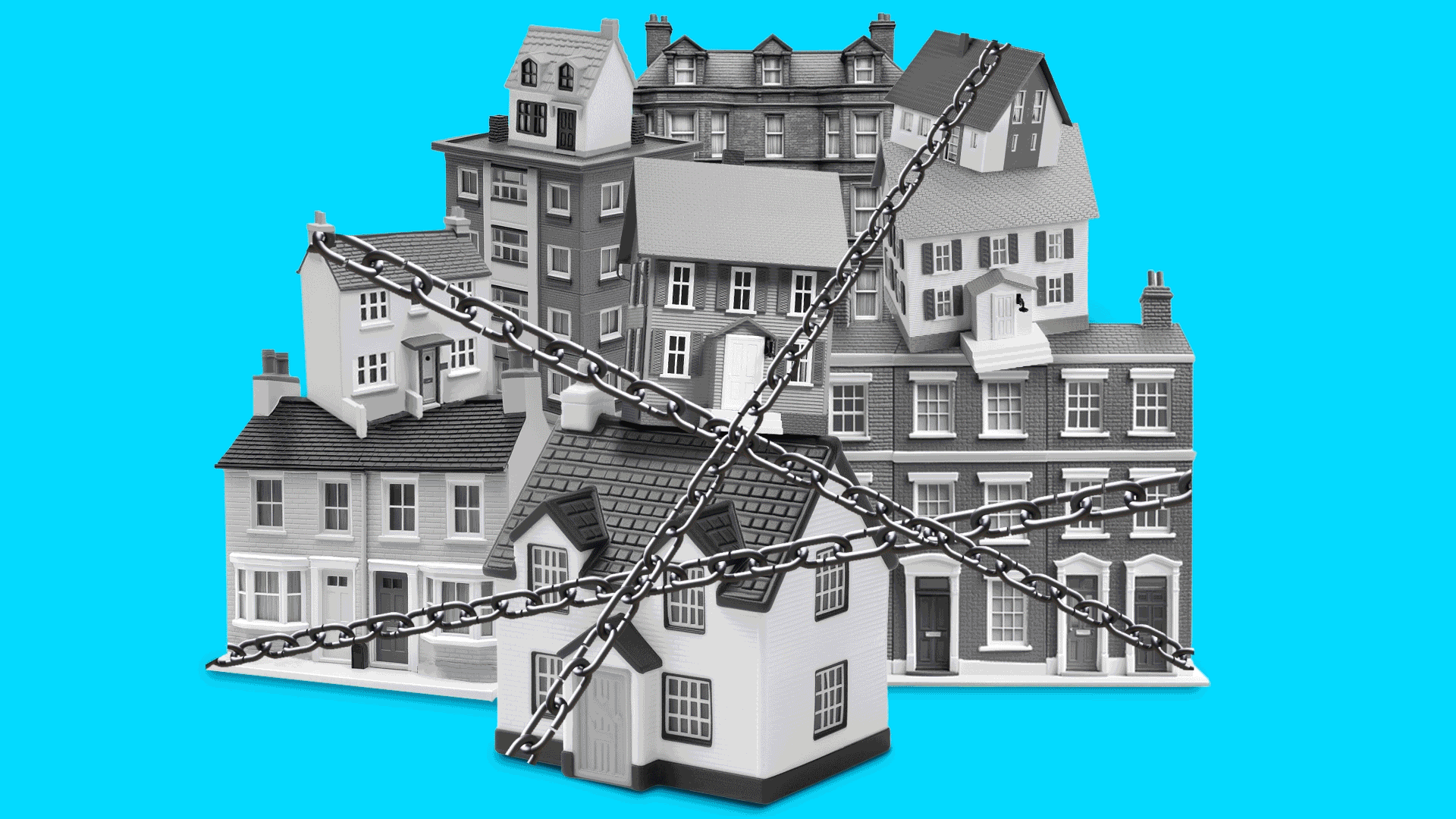There are millions of empty properties around the world that could be housing those in need of shelter or providing an ideal family home for first-time buyers.
Some are truly empty and in need of repair before someone could live there. Some are just temporarily empty, perhaps waiting in probate after the death of the occupant. And some are left deliberately empty to accrue value as an investment by the owner. There is always a mix of reasons for homes being empty, but in regions facing housing shortages filling empty homes can seem a logical step in tackling the problem.
In the UK, the number of empty homes is growing by 5% each year and a recent Modus feature, Could filling empty homes solve the housing crisis, looks at a range of potential solutions for filling vacant properties.
This data-led companion piece explores the statistics that show just how many empty homes there are in different regions and how big an issue it really is.
Empty homes on the rise in England and Wales
The chart below shows the percentage of unoccupied dwellings in England and Wales in 2011 and 2021. In most regions, that number has increased – in some cases by more than 10%.
However, it must be noted that the England and Wales census data for 2021 was collected during the pandemic and it’s believed to have inflated the number of vacant properties slightly. “Some people, for example overseas students or those privately renting, may have moved back in with family members leaving more unoccupied dwellings,” says the Office for National Statistics (ONS).
Percentage of unoccupied dwellings for local authorities in England and Wales, 2021
In Kensington and Chelsea, vacant dwellings increased by 14.7% between 2011 and 2021
Types of empty home
The following data comes from a Local Government Association (LGA) report called A practical approach for councils on dealing with empty homes. It breaks down the types of empty homes in England from 2018 to 2022 into: homes empty for less than six months, long term empty homes, properties charged the empty homes premium, second homes, and those with unoccupied exemptions.
The empty homes premium referred to below allows councils to charge between 50% and 300% of the council tax liability on properties that have been empty for two years or more. However, critics argue this amounts to “a small financial penalty” when compared to the value an empty property in a desirable area could accrue.
Vacant dwellings throughout the OECD
This data from the Organisation for Economic Cooperation and Development (OECD) shows that the UK is at the lower end of the scale when it comes to vacant dwellings as a proportion of overall housing stock.
Portugal and Spain, with their agreeable sunny climates, have the largest percentage of seasonal/holiday homes – in Portugal, 30.6% of the total dwelling stock is vacant or a seasonal/holiday home.
Japan, which has a huge number of empty rural homes called ‘akiya’ (that contribute to an estimated 9m empty homes nationwide), also has a high percentage of vacant dwellings but far fewer holiday homes.
In Portugal, 30.6% of the total housing stock is vacant or a seasonal/holiday home
Falling vacant homes rate in the US
In the US, there were an estimated 15.1m vacant homes in 2022, but the vast majority of these are rental units and many of those are holiday homes. Still, it equates to 10.5% of the overall housing stock in a country where, in the state of California alone, approximately 180,000 experienced homelessness in 2023.
“Of the nation’s 75 largest metropolitan statistical areas, two in Florida – Cape Coral-Fort Myers and North Port-Bradenton-Sarasota – recorded gross vacancy rates that were four times and three times higher than the average rate, respectively,” says the US government information resource USAFacts. “The average rate for the country’s largest metropolitan statistical areas was 9.1%.”
“However, since gross vacancy rate is a measure of all vacant properties — including vacation properties — states with several popular tourist destinations, like Florida and Hawaii, will always register slightly higher rates.”
The chart shows that the number of vacant homes in the US has been steadily falling since a peak in 2008, when the American subprime mortgage crisis acted as a catalyst to a global financial crisis.
Vancouver’s Empty Homes Tax
As highlighted in Could filling empty homes solve the housing crisis, Vancouver introduced an Empty Homes Tax in 2018 that charges the owner 3% of the property’s value annually. The aim of the Vancouver authorities was to reduce the number of vacant properties in the region.
Such an interventionist policy was never likely to be universally popular but it does appear to be having the desired effect, with vacant properties falling by 34% between 2020 and 2022 when many other major cities are reporting an increase. It also raised around CAD$38m in tax revenue in its first year and has helped to fund the creation of affordable homes.
Vancouver’s Empty Homes Tax charges a property owner 3% of its value annually

